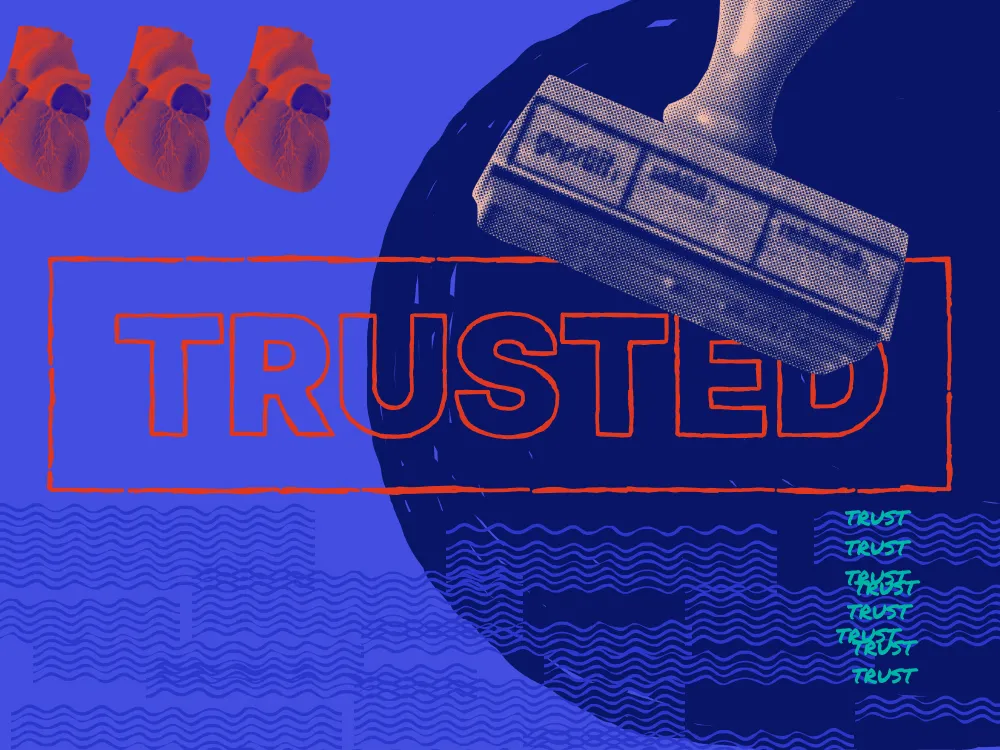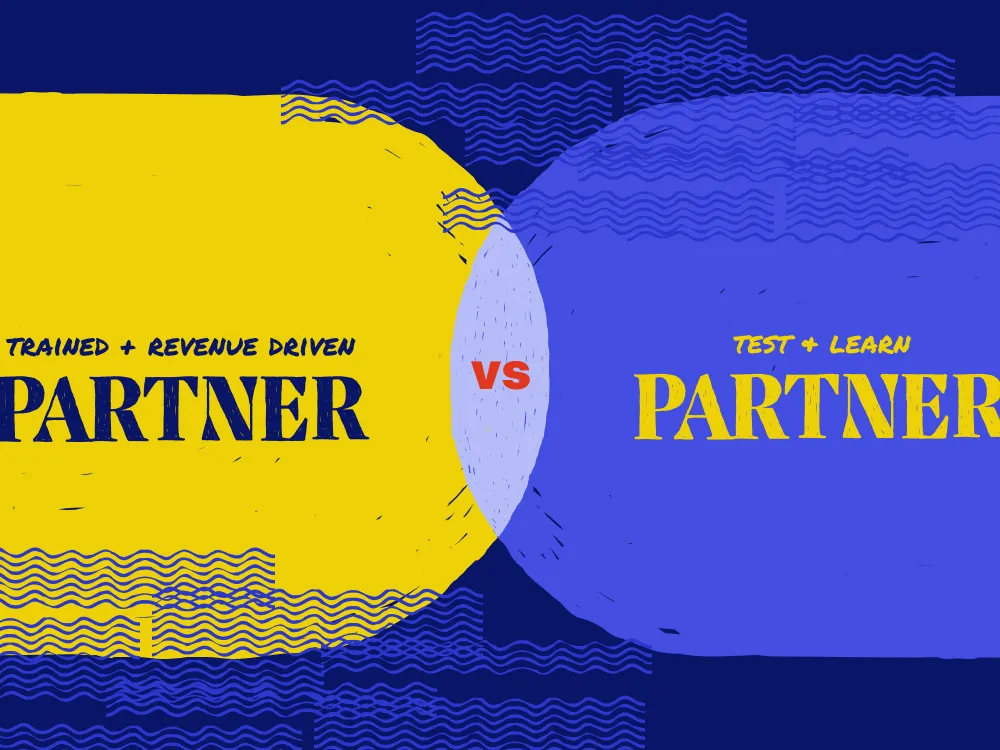There’s so much buzz around co-marketing in B2B right now, but has the impact been proven?
Most SaaS companies support tech integrations with each other, use one another’s products, and are in general, extremely complementary. This begs the question, why isn’t co-marketing leveraged more frequently?
After all, it’s proven that co-marketing does more than just expand your audience.
Keep reading as we dive into just how valuable co-marketing is in building trust, decreasing sales cycles and marketing costs, and delivering a stronger brand to brand experience.
What is co-marketing?
Co-marketing is “the act of two similar businesses joining together for a mutually-beneficial marketing partnership in order to reach new potential customers”. It’s different from co-branding, which focuses on the creation of a new product with a partner.
Think of co-marketing strategies as running an initiative with another (or multiple) organizations, where you all play to your strengths to create something bigger than you could have alone. It’s efficient, exciting, and allows for experimentation beyond what you can do with your brand alone.
The core benefits of co-marketing strategies
In B2B SaaS, partnerships drive a ton of value. According to research presented at SaaS Connect, partnerships can contribute between 20 to 40 per cent of an organization's revenue
Let’s explore four of the many core benefits to co-marketing:
Co-marketing increases your audience size
This one sort of goes without saying, but is incredibly important to note. If you run a co-marketing strategy with another SaaS organization, you’re likely at least doubling the reach of one of your typical campaigns. We’ve seen social engagement increase by over 200 per cent, with registrations from social also increasing dramatically. Having two tech companies promote alongside one another increases the buzz, and allows you to tap into countless new networks through your network partner’s connections.
Related: What is co-selling in a partner ecosystem and how can you do it?
Co-marketing allows you to level-up your brand
It's common to push out communications and ads to prospects who you already know, or are quite certain, are the right fit for your product. But what if the co-marketing partner you work with actually has a brand new group of warm leads that you hadn’t explored? Your tech brand will evolve to suit this new right-fit customer group, and you’re attune to new verticals that you can grow in.
Co-marketing improves product trust
When people see your brand associated with another product they love, they are more likely to have faith that you will also deliver comparable value to them. After all, selling to your partner's customer “increases a company's win-rate by up to 39 per cent, and the potential deal size by up to 45 per cent,” according to Reveal. Co-marketing’s impact stretches all the way into winning deals and generating bottom line revenue.

Co-marketing allows you to punch above your weight
At PartnerStack, we love to run co-marketing initiatives with any organization in our partnership network. That said, it’s always super exciting to collaborate with organizations much larger than PartnerStack. Recently, we worked with HubSpot on a webinar speaking to the value of affiliate marketing. We were able to extend our reach by partnering with an organization almost 75 times the size of PartnerStack. HubSpot speaking about us and promoting partnerships meant we were able to drive more leads, and leverage a massive ecosystem of talented people.
The best co-marketing strategies start here
If you’re now convinced of the benefits of co-marketing campaigns and eager to get started with them, arm yourself with these best practices.
The golden rule: Attach partners to everything you do
Why? Because there’s almost no downside. When you bring a partner into a campaign, a deal, or an integration conversation, you’re better off. The world of B2B SaaS is so interconnected, and the opportunities to win just increase with each person you add into the mix. Creating your own co-marketing partner ecosystem is the best way to scale quickly.
See more: Here’s how to close deals faster through partnerships.
Partners influence deals every day
There’s typically two ways to differentiate between a closed won deal when a partner was involved in the cycle. At PartnerStack, we ask ourselves, was this sourced or influenced by the partner?
- Sourced: If it was sourced it means the partner brought the deal or was the reason it closed.
- Influenced: Partner influence means they touched the deal in some way, but weren’t necessarily the reason that it closed.
At times, this can lead to confusion. That said, it’s important to note: “Regardless of what part of your deal cycle you decide to consider a lead as partner sourced it, you must remain consistent with every partner“ says Nicolette Lopes, Senior Manager of Channel Partnerships at PartnerStack.
When it comes to influence, it may not feel as directly important to your bottom line but it still goes a long way in understanding your business. When you start to track partner influence it properly and pull data, you’ll notice just how frequently a partner touches a deal somewhere in the sales cycle. Even if you’re not paying a partner on it, it’s an important metric to track and recognize within the relationship.
Know when and how to say no to an opportunity
It can be challenging to not accept every opportunity to run a campaign with a partner. It’s common to worry about damaging a relationship, or stress about missing out on potential value if the partner chooses to work with someone else instead of you.

“At PartnerStack, we’ve implemented a three level tiering strategy to make it easier to make quick decisions on what co-marketing campaigns we spend time working on,” says Lopes. This tiering strategy gives priority to partners who have driven revenue and are properly trained on the product, meaning the alignment is likely to be stronger.
There are some moments where an opportunity that doesn’t fit the mold might be too good to pass up. In this case, ensure there’s something you’re testing and can learn from in the co-marketing engagement so that if it feels less impactful, there’s a lesson for next time.
Maintaining partner relationships is the hardest but most important part
In partnerships, relationships matter more than anything. Co-marketing is a great way to build on existing relationships and find ways to go deeper, all with mutual positive business outcomes. We’d call it a win-win.
.webp)








.webp)







